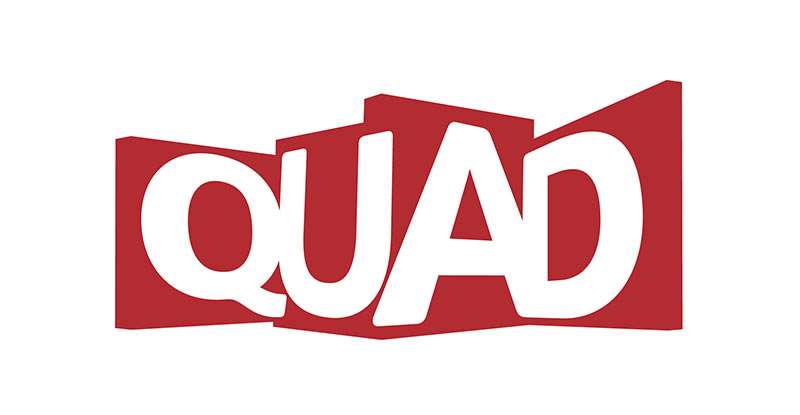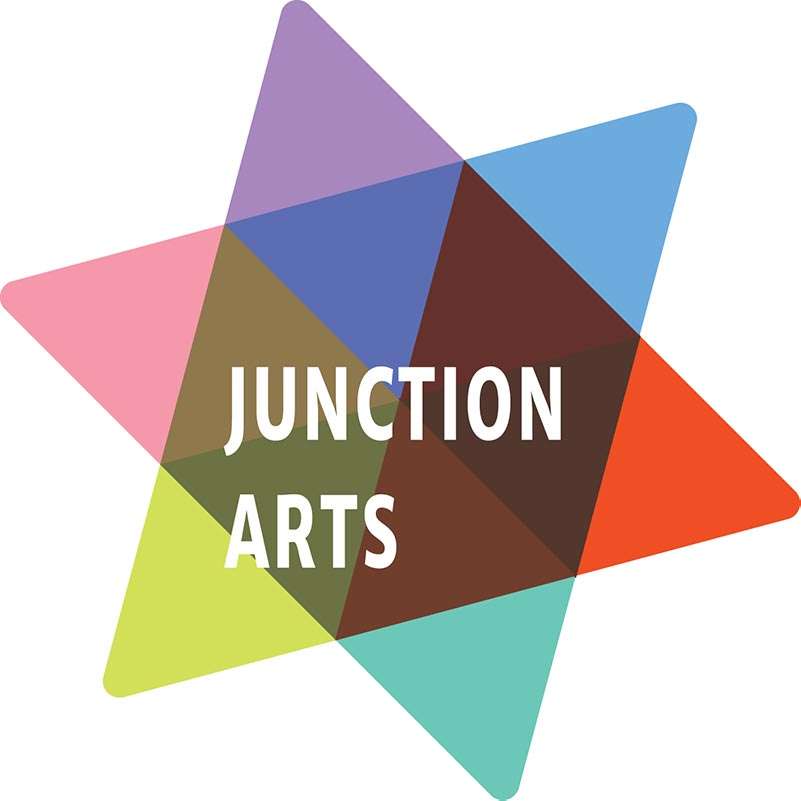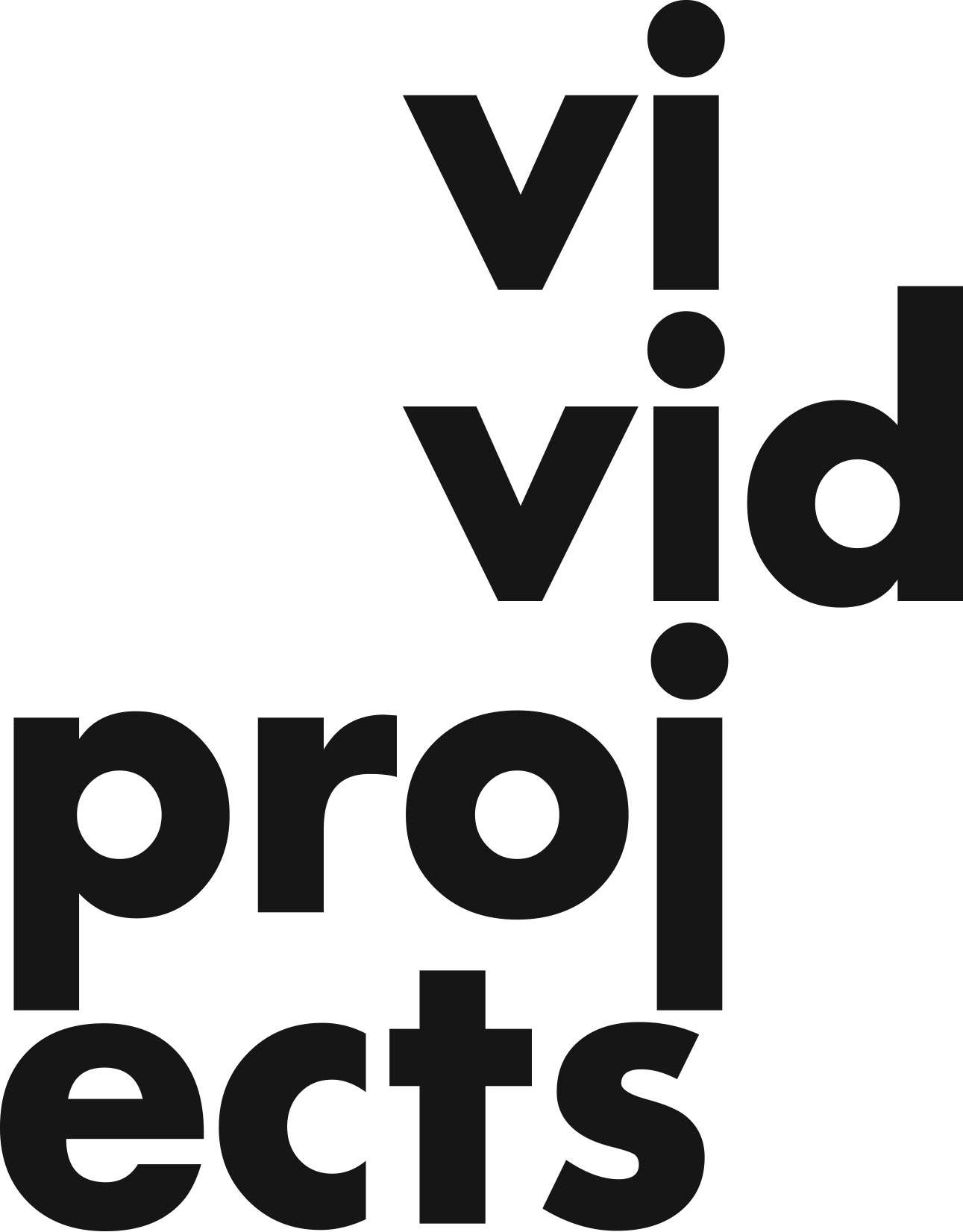Partners




Adam Lewis-Jacob
March 2020
I think there’s a much broader, more interesting way to talk and think about practice that’s not going to be very conclusive in a short way, but opens it up for the longer discussion. If I knew the answers now, I’d just stop.
From one show to the next, or one commission to an exhibition, working with a curator, all these relationships are very, very different. They require different approaches and different sensitivities. It’s project by project, so I’m always conscious of the fact of the context that it’s working in. I make quite a lot of stuff that nobody sees that goes into the videos, so that’s probably close to collage in some ways. But I wouldn’t really call them anything. They’re parts of the process.
*
A lot of it is conversations. I take different approaches, and I talk about things in different ways, and I have different kinds of conversations with people.
Rather than an interview or discussion, it's something in which the other person has an equal interest, or equal agency, so it feels like it’s to and fro. Making sure we’re both comfortable with what we’re talking about and why we’re talking about it.
*
I was interested in WORK initially because it flowed on from a previous film I made called Wildcat, about the work of anarchist cartoonist Donald Rooum, who was affiliated with Freedom Press in Whitechapel, London. I would visit there a lot and read their books some of which were about work, so I had been researching similar things coincidentally. The TURC archive also includes Steve Bell drawings and animations, so I was able to continue looking at satirical British cartoons. But from the beginning to the end, aside from the more performative elements, the other elements completely changed. From it being an idea that was anti-work, to just conversations with people. Whatever they said and came up with was whatever guided it.
It’s almost that the medium is the conversation, instead of, say, video, or clay or whatever if you’re a sculptor. But conversation is always pretty important, even if I’m making sculptures.
I try not to decide what the conversations will be about before they happen. There might be a rough plan, like something as broad as ‘work’. It’s about ‘making’, and making decisions is a limitation in some ways. I understand that that’s not a commonly shared logic, but I’m trying to do the opposite.
There are multiple layers of decision-making. A lot of the time I’m trying not to make any decisions at all, so it’s a tricky balance between opening it up, but then still providing a space where people and ideas can come together, in unexpected ways. You have to edit in some ways, so I do sometimes think about trying to limit, but I want those considerations to be as non-closed as possible, so they might start up new questions or new lines of enquiry, because I don’t really want to be didactic or make propaganda in any way.
*
I care a lot about the people I have conversations with. That’s a process. I think form is quite different; it ties in aesthetics, decisions about filmmaking; I find it easier to talk about those things in more definitive terms. But how you generate the content that fits into the form, that’s the element I try not to tie down too much, and not to make too many decisions about.
*
I met the contributors mostly through Yasmeen at Vivid - people who were part of the Trade Union Resource Centre, and people working now with the archive. With Marian, the video worker for TURC, it was easy because she had the stuff to show, to talk about.
Marian had already started to put some of the TURC films online, so I immediately had access to the archive through YouTube. I had watched pretty much every single thing that was relevant before I met up with her. And I’d highlighted key people that I’d wanted to speak to, like Idrish and Ranbir. Then through meeting them I would be told about other people like Ian and Cathy. And then there were the Steve Bell animations, and I was interested in using animation again, developing tehw ork I had doen previously in Wildcat with Jason Kerley an old friend and illustrator who collaborates with me on the animations elements in my practise. We also use to organise exhibitions and gigs together. So a lot of the relationships I make evolve and grow, I like working with people multiple times. And I like how new ideas can come out of this approach. For example, I developed and expanded the animation work into a new work for an exhibition at Peak in London and I’ve just returned from Bangladesh with Idirsh, where we were filming a new project we are making about his life and work as an anti-deportation archivist. So the research is now spilling out into new direction and taking me to new places.
The collaboration with other artists was already decided in the proposal stage. I always knew that I was going to do animation with Jason and I always knew I was going to work with CC and Alicia in a more musical or choreographed way using workshops to reinterpret the archive. It also provided an opportunity to continue to define the working relationship I have with Elizabeth Murphy, which is part producer, part researcher, but is also something else, something we haven’t yet found the right way to describe.
There was a mixture of research from the archive, but also reading, or talking to people that have nothing to do with the archive, and coincidences and associations.
*
Whilst researching and developing the project I stayed at Marian’s house. I mow Marian’s lawn. So I get to see and understand a different side to how she works and how she is. And we have a genuine friendship, I care deeply about her and the work she has done. There’s a lot of unseen and unheard stuff that goes into it all. It’s quite hard to quantify and wouldn’t really be good to write about, but it’s really important to me.
If we’d met up in a more traditional documentary approach, maybe once, or several times it would be different…but I stayed with Marian a lot. It’s hard to track that sort of conversation. I would sometimes write questions, but I realised that wasn’t really how it was going to work or how I wanted to work, I wanted it to be more spontaneous, more natural, without having to restage things, which often is the case with documentary making.
Sometimes we’d turn the camera on and have to do it, but a lot of the time, when you have these conversations, you only get about 5% of the good stuff, because most of the good stuff is when the camera is off. Maybe that’s again a different approach to filmmaking.
Maybe the formal approach is easier to talk about. I know what the process was. I just interviewed a bunch of people and through that process, and repeated meetings, we became friends. Once I had their trust, then I could just use that. We’re still friends, and that’s still important. I hope they like what I do, but I also have to be able to stand by it, trust my intuition, and find a way to make something that will interest me in the future, something I can come back to, that reveals things I didn’t see or notice at the beginning.
Then similarly with the performative elements, that was also friends but from a different area. They’re not involved with the archive, but they’re involved with similar things that I am, and they are political people, some of them. The main thing is, through those conversations, the friendships really seemed to be quite important. It’s quite like a friend film in some ways, but then maybe all films are!
*
I feel that, maybe, every time you reveal something, you might be shutting down something else; it has the potential to lessen the impact. You’re making these things, they last for longer than you. Everything that I feel about the film will be different in a year. By the time we’ve finished, showing it in the different places and the amount of time that will take from when it was first shown, I think, will have a huge difference. Then I’ll finally be able to step away and think about it.
It’s perhaps a film that almost embodies, rather than represents, TURC or its politics. It doesn’t really tell you anything about TURC in a very direct way. But I hope you might get a feeling of what TURC is about, in a different way.
Making a film that embodies its research rather than presents it. I think that the way CC and Alicia contribute is political too; their movement and singing is similar to what the archive did, in some ways. Also, the archive did literally turn into an arts organisation. There are dancing films in it and animation, and am-dram. The politics are still there. They’re just very different, but they expose, kind of, a post-union strength. Which is dying, it turns into this very strange neoliberal arts thing. I like some of these later films, but I don’t know if they have the same direct impact for people as the TURC films achieved.
*
The archive material itself is so visually interesting, as an artist, to work with. Because of the way I worked with it, it’s quite like material. It’s like collage or making a sculpture out of clay. It’s all cut up, and painted over and changed around. Having Steve’s penguin to redraw, make melt, shatter, droop and sing songs is an example of this, and grew into something else. It comes from the archive, then appears throughout the film, and eventually escapes into its own separate work, but is always trapped by the screen and the limitations of its own body, which it is trying and failing to escape from.
At first the plan was that I would produce a research interview archive which would sit alongside the final film, whatever form that took. Then the stuff that everyone said in the interviews - important, good things – took more of a focus. It would be weird to keep that to the side, so it became a part of the final film as much the other stuff. At the beginning I said I wouldn’t include any interviews or archive footage, but then it became clear I had to contradict that plan, to set parameters and then break them. And now the film is probably 50% archive and interviews.
*
I think it’s more like carrying on the conversation rather than being discursive. I think with the film there’s more likelihood that you could watch it and it could feed onto another conversation that someone could have, it might take a while for the ideas to present themselves to you. As it’s not didactic - you have to work a bit to find a meaning, you can’t just follow the story as it’s intentionally quite cut up. That moves things outside of the film. That’s more interesting than us watching it in the room, and then all talking about it in that room and nothing happening when we leave that room!
*
I want to make art, I don’t really want to make documentaries, but I like interviews as a format. I like to listen to the stories that people have to say, but then I also like finding something different to put onscreen whilst they’re saying it.
I’m trying to set something in motion and have no control over it. You don’t want to accidentally make people say things to fit your agenda. And pairing images with sound can be very manipulative or illustrative. So I’m trying to find a way that isn’t so typical, as I know it would bore me very quickly, and not do justice to the complexity of the subject being talked about.
As much as possible, I try and be alongside the work as much as possible. It takes a really long time, and it makes it hard for me to talk about, because I never really make any conscious decisions of questions. It makes the editing really stressful because how do you pick one thing over another? Unless you’re trying to make a coherent argument, but part of me is trying to fight this coherent argument.
I don’t want to make a coherent story, because I don’t think that’s true to the situation. I guess that’s why I’m not doing that.
*
Providing a space for Idrish’s films to be seen has been important. At Birmingham Museum, Idrish invited someone to talk, there were some of his friends, but there were also some young activists. That was the whole point: to try and have this cross-generational conversation. It’s not anything that goes into the final film, but it’s the stuff around it which is interesting to me. And the event I did at Vivid, with Susannah Stark, where she sang songs to clips I edited from the archive - it’s about finding new ways to communicate things I can’t say.
The film itself is a platform. An exhibition, rather than a documentary.